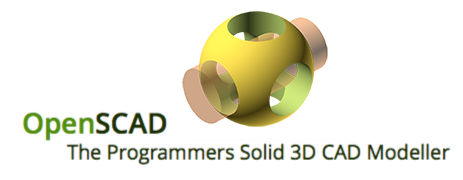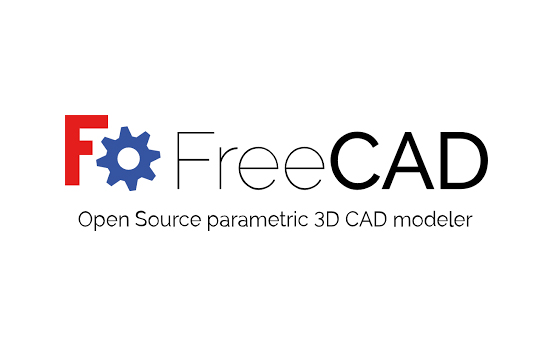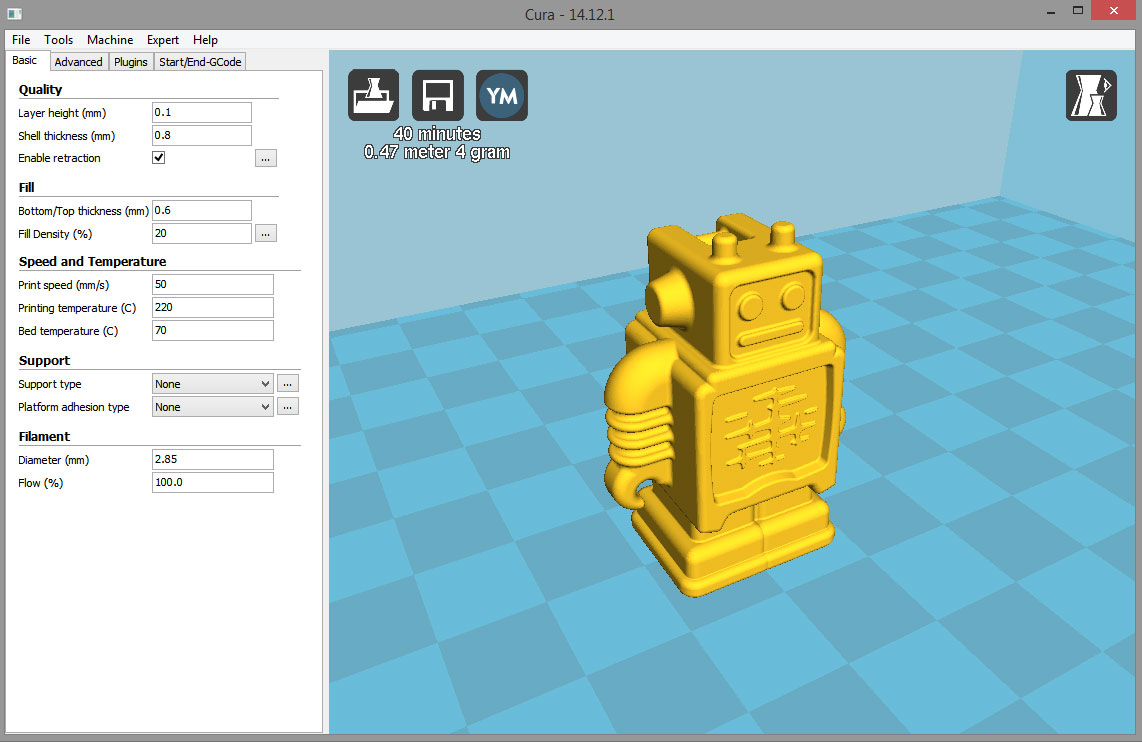Thanks to the free software application OpenSCAD we can design and create solid objects.
Being it an interactive editor based on a textual description language, it makes OpenSCAD to be the best initial level tool to design and ge tinto the world of •D modelling.
An OpenSCAD document specifies geometric primitives as cubes, cylinders and spheres which are modified to reproduce a 3D model
With OpenSCAD the designer can create precise 3D models and parametric designs easily adjustable through some changes in the parameters.


FreeCAD is an free and open and modular code application which allows an advanced personalization. FreeVAD is directed to the domestic and experienced CAD users and to programmers.
FreeCAD tool has a complete nucleous of geometry that allows to carry out 3D operations. It has also an modular architecture which admits plugins to add aditional functions and a complete parametric model which permits any kind of personalized objects as boxes, spheres, cylinders or cones.
FreeCAD allows the work with nets and it also has a robot simulation module that permits the study of robot movements.
Once we have created our model we must laminate it to create a file the 3D printer can interpret. Cura3D is a lamination software which presents an intuitive but at the same time simple graphic interface that will allow us to print our designs
Cura3D permits us to see the piece in 3D, being able to orbita round it controlling different characteristics of the printing that will affect the printer working time, the final quality of the printed model, its hardness, weight and so on.


With the irruption of 3d printers the world of design and printing has no limits.
Printing spare pieces for things that we use in our daily life, designing the structure of our dron or robot, printing prosthesis, etc. 3D printing i son the increase and it isa ll about the future that is here. Printing food or even organs is something that sounds as science fiction but that, nowadays, is posible thanks to technological advances.
We will work fine motor through the manipulation of pieces, panels and different materials of different sizes, textures, shapes, etc.
Mental creations will be reflected through the different structures as plans, models, etc. to create real projects with mobility and fitted in with the space, shape, place, distance, size, volumen, etc.
We will use different materials to create the pieces. We will assess and analyse these materials.
The different mathematical combinations will give us the possibility of mobilizing the devices. We will also use these devices to work on the curricular aims through some challenges and solving mathematical problems, from numeration to the most complex operations.
It is the basis to team work. We will empathize with the others as many questions will raise, that will be solved through the rationing of ideas and managing the adequate explanations. We will identify emotions to be able to create from consensus and agreement. For that, we will have to listen, share, etc. All the previous work will give raise to argue, analyze and share what has been created, to be able to see the different positions and defend them.